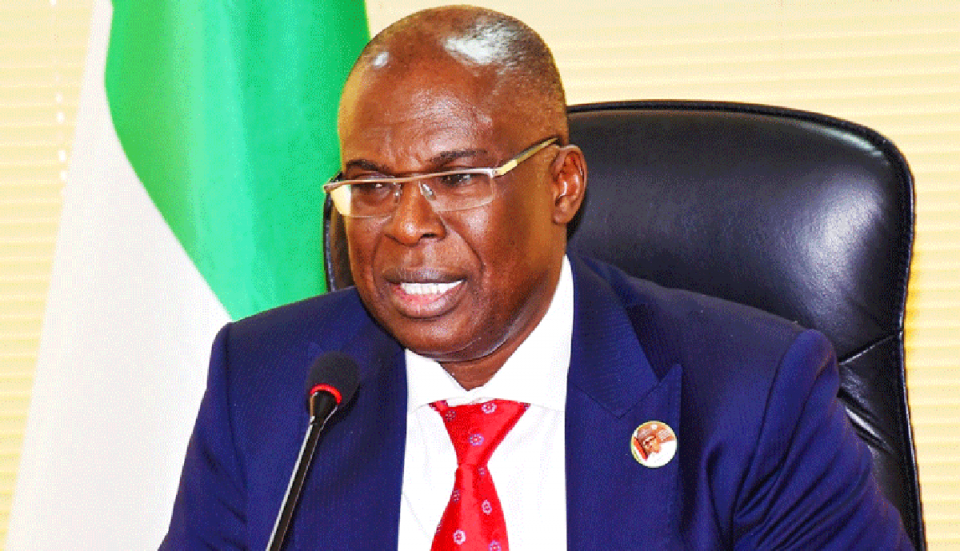Plans by the Federal Government to end gas flaring through a commercialisation arrangement has remained in limbo as the global price of natural gas witnessed over 60 per cent increase.
The price stability may indeed push the price to almost the same amount the commodity last traded in 2018, thanks to blue hydrogen and reduction in the impact of COVID-19 pandemic.
The Minister of State for Petroleum Resources, Timipre Sylva, in May, said the Federal Government would award licenses under the Nigerian Gas Flare Commercialisation Programme (NGFCP) to qualified bidders as part of efforts to end gas flaring in the country and expand gas footprint.
While Sylva had blamed the delay on the marginal bid round, stressing that with the licensing round off the table, the government would focus on the NGFCP and see to its completion before the end of June, the development remains a mirage two months after the announcement.
While the country continues to delay the exercise, gas prices continue to enjoy a boom, trading close to $4 per Million British Thermal Unit (MMBtu) last week.
The improvement, which has already put natural gas futures on four-month consecutive high, has enabled the gas market to rebalance by about 63.4 per cent from the start of the year and 135.7 per cent from a year ago. With this stability, natural gas may have settled at the levels they last traded at in December 2018, when gas last sold above $4.
While Nigeria currently has over 206 trillion standard cubic feet of gas, harnessing the resources for national development has been a mirage. The current reserve remains a product of accidental find while flaring persists.
The World Bank said last month that Russia, Iraq, Iran, the United States, Algeria, Venezuela and Nigeria remained the top seven gas flaring countries in the last nine years.
The Bretton Woods institution said the seven countries produced 40 per cent of the world’s oil each year but account for roughly two-thirds, which is 65 per cent of global gas flaring.
With the global campaign against fossil fuel, as gas is seen as a transitional option, most experts projected that the price of gas may remain optimistic considering the role the resource plays in the development of blue hydrogen.
After approval by the Federal Executive Council (FEC), the gas commercialization programme was launched by the ministry of petroleum resources on December 13, 2016, but remained elusive for four years.
Last year, the Department of Petroleum Resources (DPR) said 45 out of 178 gas flaring sites in the country were identified for award to successful bidders.
The Federal government had shortlisted 200 bidders from 800 bids to compete for the 45 flare sites, noting that other flare sites were coming on board.
The delay, which may be a snag on the much promoted ‘decade of gas’ policy of the government, could deprive the nation’s struggling economy of needed revenue.




